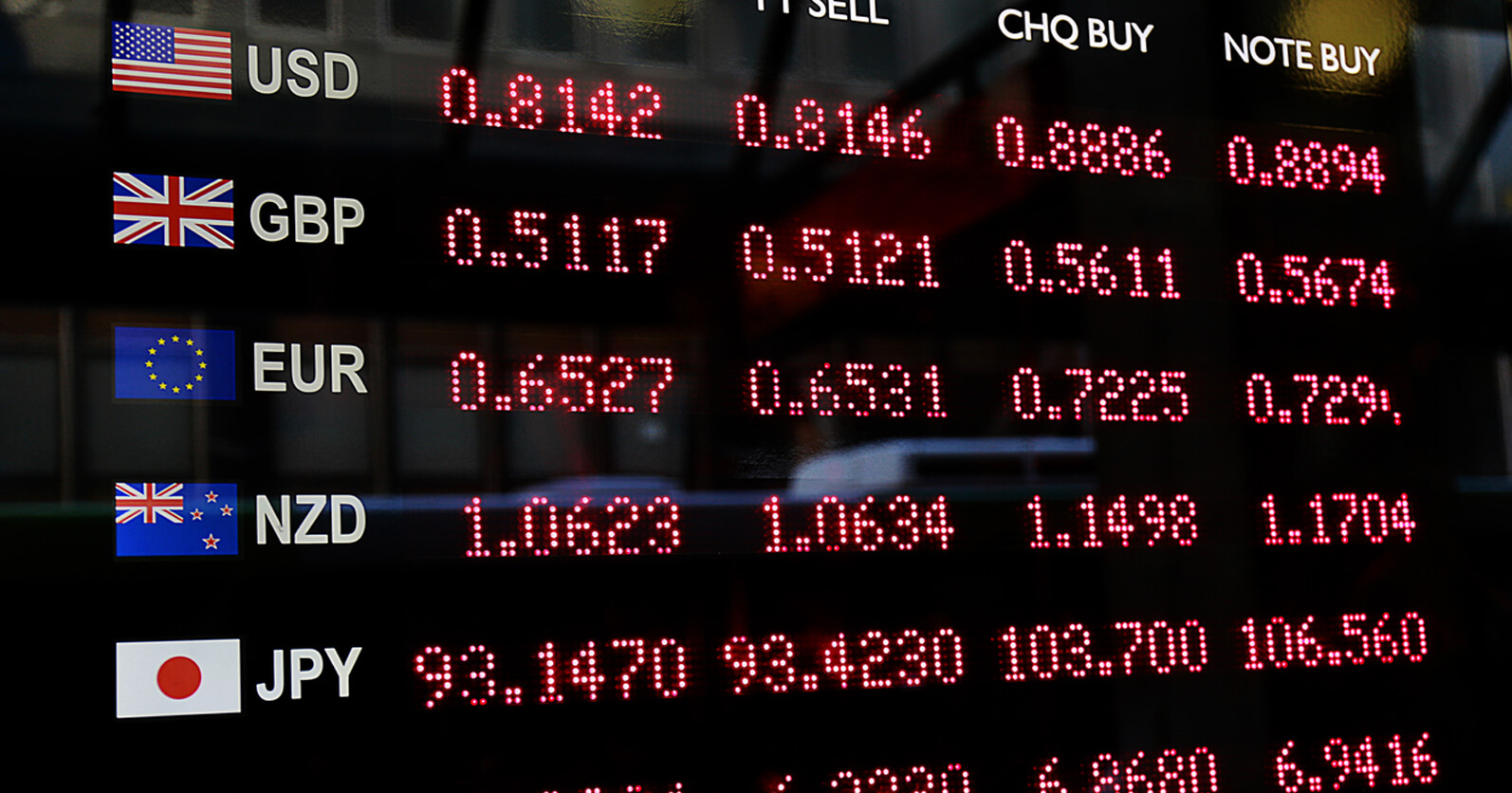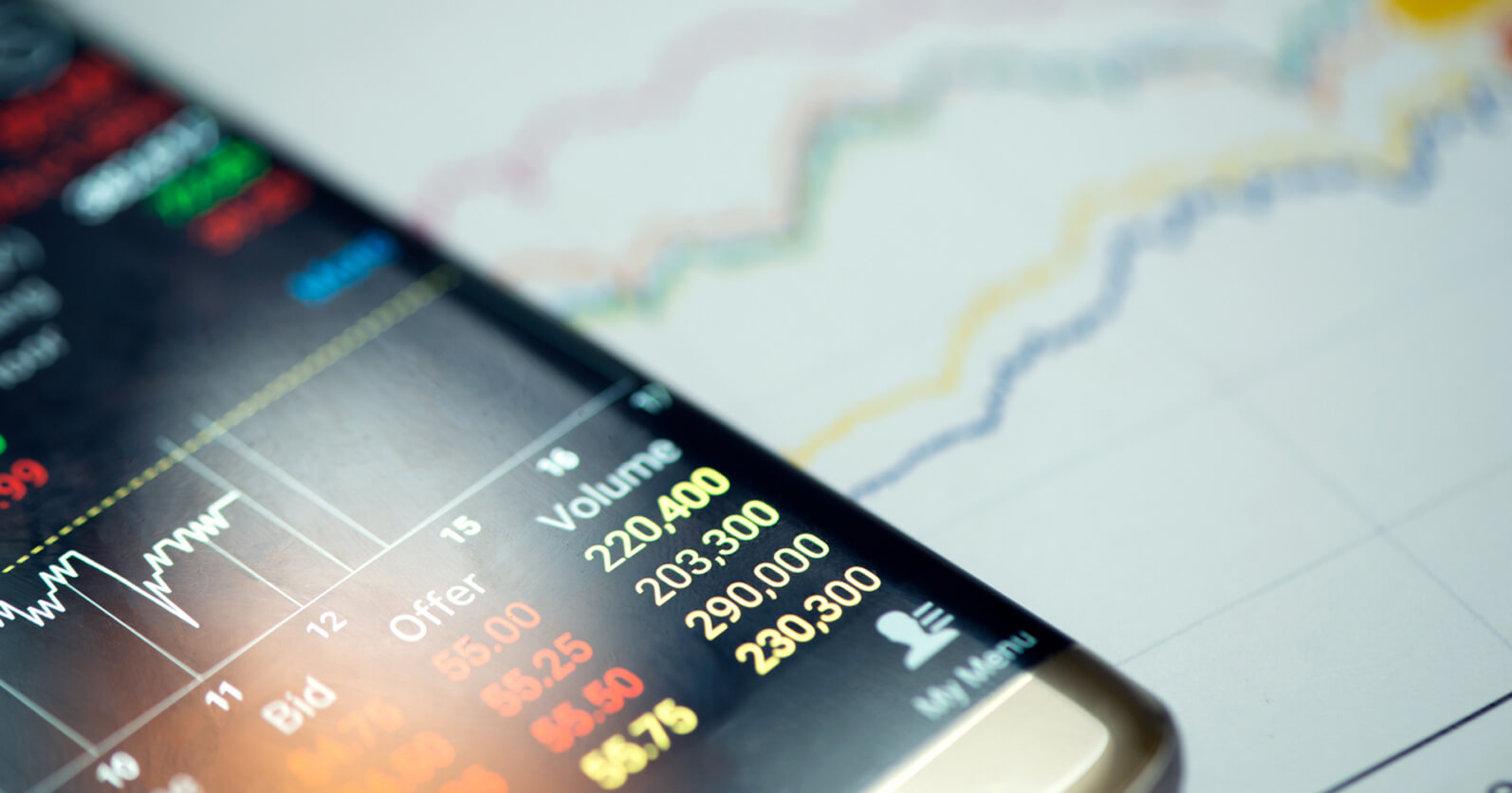
Understanding exchange rates
When you’re getting ready to send money to the Philippines, the first thing you need to do is look at exchange rates. Whether you’re working in the United Kingdom, Canada, Europe or USA, exchange rates will determine how much money will reach your loved ones back home.
What are exchange rates?

Exchange rates show the value of one country’s currency compared to another. Think of it this way: If you send a monthly allowance of ₤1,000 to family in the Philippines, how much will that cost locally and what can they buy? Will this amount be enough for a month?
In the global economy, the foreign exchange market or Forex shapes exchange rates around the world. For 24 hours almost every day, banks, Forex dealers, companies, and investors buy or sell one country’s currency in exchange for another. They also monitor international affairs and policies to predict if buying a type of currency, Pound sterling, for example, will become cheaper or more expensive. These trading and predicting activities determine exchange rates.
Several factors affect exchange rates, including:
- The interest rates in a country’s central banks – This can entice foreign investments.
- A country’s money supply – How much money is circulating the country affects the prices of their goods and services.
- How the international market sees a country’s economic growth and financial stability – Is it safe to invest in the country, or is it too unstable and risky?
The type of exchange rate your currency follows will also decide how much you get to send home.
What are the types of exchange rates?

There are two types of exchange rates: free-floating and fixed.
Free-floating exchange rates
Free-floating or flexible exchange rates are shaped by the free market, with little to no intervention from a country’s government or central bank. This means that exchange rates go up or down depending on the foreign exchange market.
Examples of currency using this type of exchange rate are the United States dollar, the Japanese yen, and the British pound sterling. Since the 1970s, the Philippine peso also followed a free-floating system, opting for more gradual changes in their exchange rates over the big shifts in rates that a fixed exchange rate system brings.
Fixed exchange rates
A country’s government or central bank sets fixed exchange rates and “pegs” it to the value of another currency, usually US dollars. The government will announce if an exchange rate goes up or down. Countries like India and Saudi Arabia follow this system for their rupee and riyal, respectively.
The type of exchange rate system your host country follows will affect how much you can send to your family in the Philippines.
How do exchange rates affect you?

Exchange rates change in a free-floating system depending on movements in the foreign exchange market. Let’s use the British pound as an example:
When the Philippines buys more British pounds than it accepts, then the peso’s value goes down or depreciates, and it will cost more pesos to buy British pounds. But, if the Philippines accepts more British pounds than it buys, then the value of the peso will go up or appreciate, and it will be cheaper to exchange Philippine pesos for British pounds.
If you are an overseas Filipino worker in the UK, the appreciation of the Philippine peso against the British pound would mean that you’d need to send more money back home than you did before.
In a fixed exchange rate system, a country’s central bank holds a certain foreign currency, such as the US dollar. If the country needs to raise the value of its own currency, its central bank sells its dollars. This increases the supply of dollars in the foreign marketplace and depreciates its value. Meanwhile, there are less of that country’s currency in the global market, so the value of its local currency goes up.
In Saudi Arabia, where the riyal is pegged to the US dollar, their currency rises and falls along with the dollar. When the dollar is up, imports are cheaper in Saudi Arabia, and the riyal goes a long way. When the dollar falls, prices for imported goods increase along with oil prices.
Once you’ve figured out what kind of exchange rate system your host country follows, you can then start computing how much you should send home.
How to compute for exchange rates

Let’s say you’re working in the UK, which follows a free-floating exchange rate system, and you want to send ₱14,000 to the Philippines? How much British pounds would that cost?
The computation for that would be: (amount desired in pesos) / (the exchange rate between the UK and the Philippines)
Let’s use Kabayan Remit’s higher exchange rate at ₤1 is to ₱70. Then our computation would be: ₱14,000 / 70 = ₤200
This means you’ll need to prepare ₤200 to send ₱14,000 to the Philippines.
But what if you’re coming back to the UK from a vacation in the Philippines and you want to have ₤100 pocket money saved for when you arrive at Heathrow? How much of your Philippine pesos should you save?
Follow this computation: (amount desired in pounds) x (the exchange rate between the UK and the Philippines)
This is how it will look in our example: ₤100 x 70 = ₱ 7,000
You would need to save ₱ 7,000 to have ₤100 left when you arrive in the UK.
Remember: How much you need to save or send will depend on the service provider you choose and the exchange rates they offer, so make sure to do your research.
Finding the best exchange rates

When remitting money to the Philippines, you can choose from an array of currency exchange providers, including:
- Your local bank or credit union
- Currency exchange kiosks (usually found in airports)
- Foreign ATM machines
- Online money transfer services
Whichever service you choose, this is how you exchange your money for another currency:
- Ask to exchange your money to the currency of your home country; in your case, this is the Philippine peso.
- The currency exchange service looks at their current exchange rates.
- You get what your money is worth in Philippine pesos.
But you’ll need to remember:
- The exchange rate differs from service provider to service provider.
- Some companies charge processing fees.
How much a company charges for its services is still a big factor when choosing how to send your money back home, and a company’s exchange rate along with its fees will affect the amount that reaches your family in the Philippines.
How to save when sending money to the Philippines

To get the most out of exchange rates, make sure to follow these tips:
Check for foreign transaction fees
Usually, credit and debit cards charge 3% per transaction when you use them for settlements abroad. These costs add up when you keep using your cards to remit to the Philippines, making it more expensive.
If you must use a credit or debit card, go for the company that charges the smallest fee. While some companies charge 3% per transaction, other groups like Kabayan Remit charge as low as £2.99 even for transactions of up to £5,000.
Minimise using money exchange kiosks
Relying on the kiosk nearby usually means choosing lower exchange rates with higher processing fees. You won’t get the most out of your earnings if you continue to do this in the long run.
Make sure to compare provider rates
If you choose to send money online, do your research and look at each provider’s exchange rates. You can use our comparison table to find out the exchange rates of different providers.
Choose a service that makes the most out of your hard-earned savings
When you’re a busy Filipino based abroad, you’ll need to plan ahead. When planning to send money to the Philippines, think about these questions:
- Who will receive your money?
- Where will you send your money?
- How quickly does your family need the money?
- What bills do you need to pay back home?
Make sure to choose a money transfer company that addresses all these concerns. At Kabayan Remit, we’ve got you covered.
Here’s how we can help:
- Kabayan Remit provides an intuitive mobile app so you can send money wherever you are.
- Instant money transfers! Send money within an hour.
- Send money to major banks and remittance outlets in the Philippines, including BPI, Metrobank, Cebuana Lhuillier, and LBC.
- Go digital and send money to mobile wallets like GCash and Paymaya.
- Pay your bills and government contributions with our mobile app.
Want to know more? Contact our 24/7 bilingual customer support team or visit kabayanremit.com.
